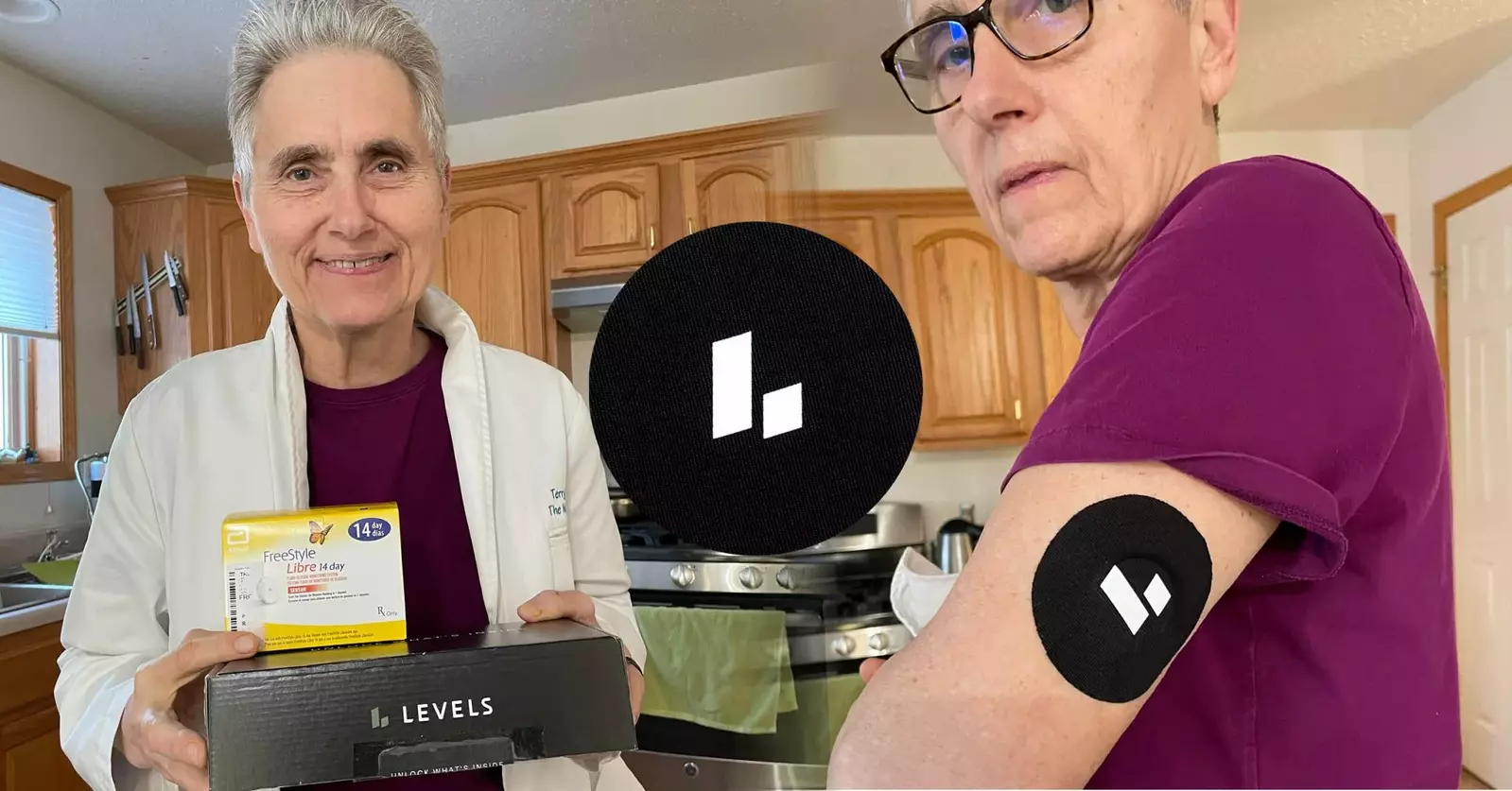The results of the study suggest a relationship between these symptoms and food sensitivities — specifically to wheat and dairy products — and have implications for people with other autoimmune conditions. Let’s take a look.
First, what is Sjörgen’s syndrome?
An estimated 4 million Americans (90% of whom are women) have Sjögren's, making it one of the most common autoimmune conditions in the US.(2) Sjögren's is usually diagnosed between the ages of 40 and 55, and symptoms include dryness in the eyes, mouth, and vagina.
Some people report a gritty feeling in their eyes, while the lack of saliva makes it difficult to eat breads and drier foods. Dryness in the nose and throat may lead to a chronic dry cough, dry skin can lead to itchiness and rash, and dryness in the vagina can cause pain during sex.
Other issues include joint pain and fatigue; gastrointestinal (GI) issues like nausea, heartburn, or diarrhea; and other organs (lung, liver, pancreas, ovaries) can be affected as well.
People with Sjögren's tend to have a lower quality of life and earlier loss of employment compared to those without Sjögren's. (3, 4)
Self-Reported Non-Celiac Wheat Sensitivity and Other Food Sensitivities in Patients with Primary Sjögren's Syndrome (1)
This study compared food sensitivities between people with primary Sjögren's syndrome (pSS) and people with type 2 diabetes. Researchers surveyed 82 people with Sjögren's and 161 people with diabetes, asking about their experiences with wheat sensitivity, milk intolerance, and reactions to multiple foods. Researchers used validated questionnaires and blood biomarkers to analyze and correlate participants’ clinical symptoms with immune biomarkers.(1)
The results showed significantly higher rates of food sensitivities in the Sjögren's group. Nearly half (47%) reported non-celiac wheat sensitivity compared to just 19% in the diabetes group. About 40% experienced milk intolerance versus only 6% in the comparison group. Most striking was that nearly two-thirds of Sjögren's patients (66%) reported sensitivity to multiple foods.
Among those with wheat sensitivity, over 60% said their autoimmune symptoms improved when they eliminated wheat from their diets. Consuming wheat products increased both Sjögren's-related symptoms and digestive complaints like bloating and diarrhea.
My Takeaway: Wheat, Dairy, and the Abnormal Immune Response
There is no cure for Sjögren's syndrome. Along with treatments aimed at relieving dryness, patients are encouraged to stay hydrated, avoid smoking and alcohol, and balance physical activity with proper rest and recovery.
This study suggests that avoiding wheat and dairy may also be helpful in reducing symptoms.
Wheat contains several proteins that may cause or contribute to an abnormal immune response. It’s not just a negative reaction to gluten; proteins like amylase-trypsin inhibitors, wheat germ agglutinin, and serpins may also affect sensitive individuals.(5) Casein, the protein found in dairy products, has a similar amino acid sequence to gluten, which may explain milk sensitivity.
This is why a wheat- and dairy-free diet can be helpful for some people with pSS or other autoimmune conditions. While not everyone with autoimmunity is sensitive to wheat and dairy, the increased rates of these sensitivities in those with autoimmune conditions mean it’s worth looking into.
If you have an autoimmune condition, try going wheat- and dairy-free for 30–90 days to see if you notice any improvement in your symptoms. You can also get tested for food sensitivities from your Wahls Protocol practitioner, who will also be able to help you investigate and address any other environmental factors that may be contributing to your symptoms and disease activity. You can find a Wahls Protocol® practitioner in your area through our provider database.
A Quick Note about Cross-Contamination
For me, even small exposures to gluten or dairy will activate my immune system and lead to a flareup of trigeminal neuralgia. Most grocery products and restaurant meals are cross-contaminated 20–40% of the time (6), so even if you opt for gluten-free foods, you might still be exposed.
When I’m out, I try to order foods that are naturally gluten-free, like vegetables and meats. When I travel or am eating a meal away from home, I also take digestive enzymes to support the digestion of gluten and other wheat proteins. Since making that change, I have not had a flareup.
These digestive enzymes (Gluten Shield MD) protect me from cross-contamination, but I still wouldn’t be able to eat bread, cereal, or pasta. That said, they have made traveling much less stressful.
Citations
- Seidita A, Mansueto P, Soresi M, Di Liberto D, De Carlo G, Bisso G, et al. Self-Reported Non-Celiac Wheat Sensitivity and Other Food Sensitivities in Patients with Primary Sjogren's Syndrome. Nutrients. 2025;17(19).
- Helmick CG, Felson DT, Lawrence RC, Gabriel S, Hirsch R, Kwoh CK, et al. Estimates of the prevalence of arthritis and other rheumatic conditions in the United States. Part I. Arthritis Rheum. 2008;58(1):15-25.
- Meijer JM, Meiners PM, Huddleston Slater JJ, Spijkervet FK, Kallenberg CG, Vissink A, et al. Health-related quality of life, employment and disability in patients with Sjogren's syndrome. Rheumatology (Oxford). 2009;48(9):1077-82.
- Westhoff G, Dorner T, Zink A. Fatigue and depression predict physician visits and work disability in women with primary Sjogren's syndrome: results from a cohort study. Rheumatology (Oxford). 2012;51(2):262-9.
- Piotin A, de Blay F. Investigating Non-celiac Wheat Sensitivity: A Comprehensive Review of Pathophysiology Underlying Clinical Implications. Clin Rev Allergy Immunol. 2025;68(1):94.
- Wieser H, Segura V, Ruiz-Carnicer A, Sousa C, Comino I. Food Safety and Cross-Contamination of Gluten-Free Products: A Narrative Review. Nutrients. 2021;13(7).









